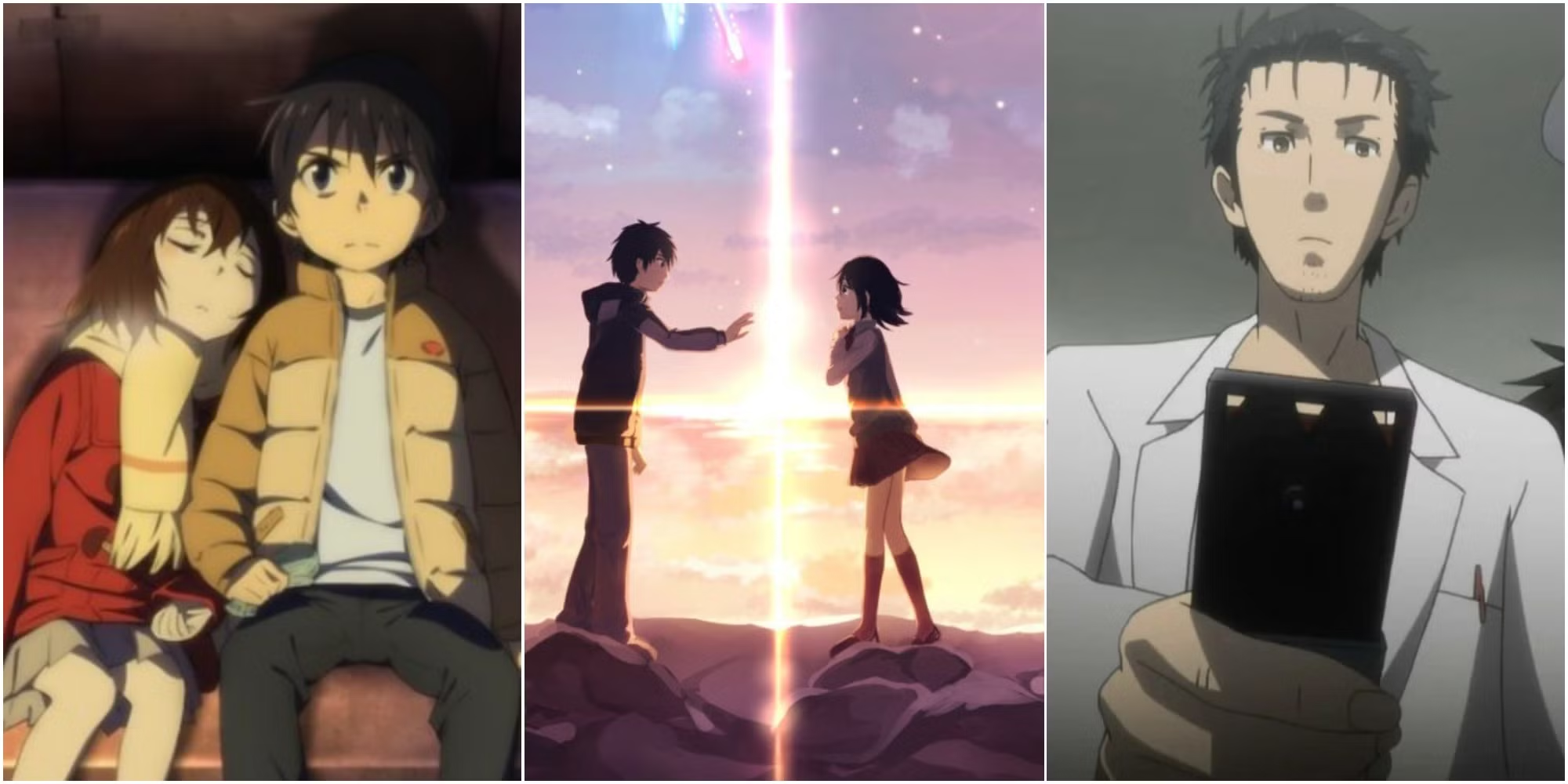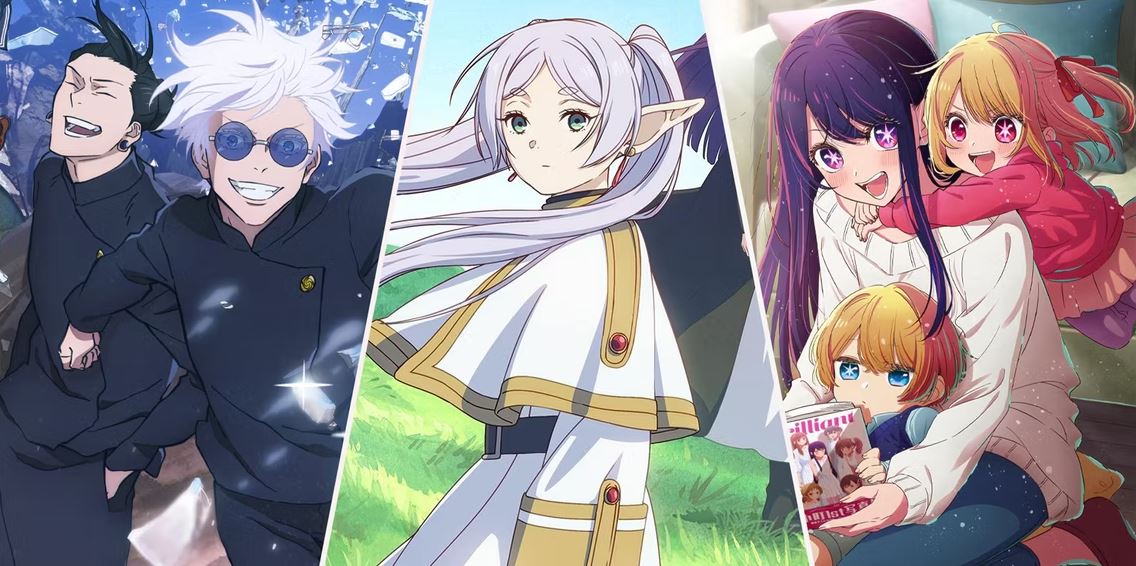Over recent decades, Japanese anime has significantly shaped Western entertainment. Its unique storytelling and visual aesthetics have left a lasting mark on Hollywood films and Western animated series. This cultural exchange has enriched narratives and broadened artistic horizons in the West.
The fusion of anime elements into Western media has led to innovative storytelling and diverse character portrayals. This blend has grabbed audiences globally, showcasing the universal appeal of anime’s themes and styles.
Influence on Hollywood Films

Hollywood has increasingly incorporated anime-inspired visuals and narratives. The 1999 film “The Matrix” drew inspiration from “Ghost in the Shell,” evident in its cyberpunk aesthetics and philosophical themes. Similarly, “Inception” reflects concepts reminiscent of “Paprika,” exploring dream manipulation and layered realities.
Direct adaptations have also emerged, such as “Alita: Battle Angel,” bringing Yukito Kishiro’s manga to life with advanced visual effects. These films highlight Hollywood’s recognition of anime’s rich storytelling potential and its appeal to global audiences.
Impact on Western Animation

Western animated series have embraced anime’s dynamic art styles and complex characters. Shows like “Avatar: The Last Airbender” and “Teen Titans” blend Western narratives with anime-inspired visuals, creating a hybrid that appeals to diverse audiences.
This integration has led to more serialized storytelling and character development, traits characteristic of anime. The success of these series underscores the effectiveness of combining Eastern and Western animation techniques.
Cultural Exchange and Future Prospects

The cross-pollination between anime and Western media reflects a broader cultural exchange, fostering creativity and innovation. As global audiences continue to appreciate this fusion, future collaborations are likely to explore new storytelling methods and artistic expressions.
Streaming platforms have further facilitated this exchange, making anime more accessible to Western viewers and inspiring creators to incorporate its elements into their work. This trend suggests a future where the lines between Eastern and Western media continue to blur, enriching the global entertainment.




